
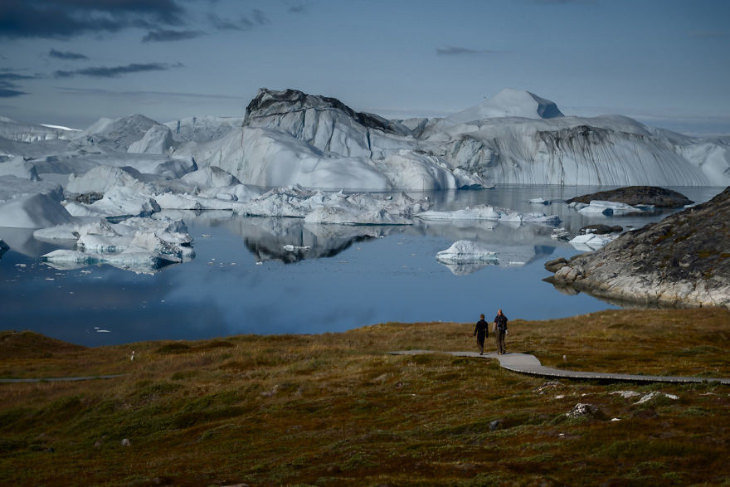

 The glacier is among the most active glaciers on earth! How is a glacier active, you ask? Well, it moves, of course. This glacier moves 130 feet a day. The geography of the land where the glacier drains creates a very narrow stream, resulting in Sermeq Kujalleq being one of the fastest moving glaciers in the world.
The glacier is among the most active glaciers on earth! How is a glacier active, you ask? Well, it moves, of course. This glacier moves 130 feet a day. The geography of the land where the glacier drains creates a very narrow stream, resulting in Sermeq Kujalleq being one of the fastest moving glaciers in the world.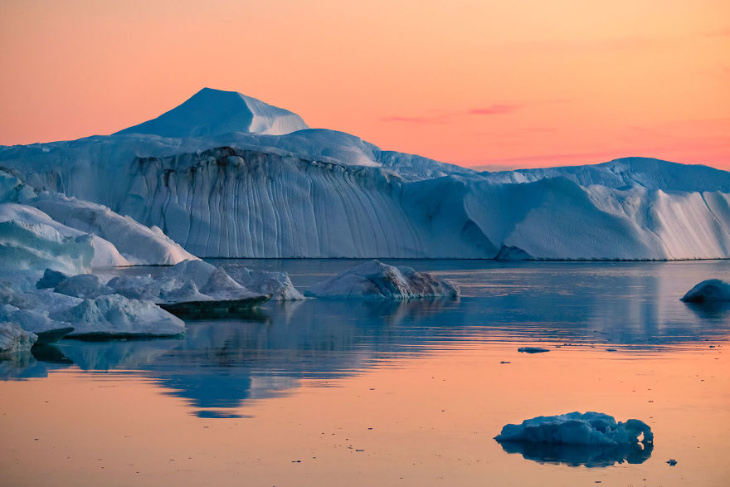 Its annual calving makes for 10% of the all Greenland calf ice and more than any other glacier outside Antarctica. But don't let that despair you- calving is indeed a natural process in all glaciers. Unnatural sped-up erosion of a glacier is called disintegration, and you can read more about the difference between the two here.
Its annual calving makes for 10% of the all Greenland calf ice and more than any other glacier outside Antarctica. But don't let that despair you- calving is indeed a natural process in all glaciers. Unnatural sped-up erosion of a glacier is called disintegration, and you can read more about the difference between the two here. 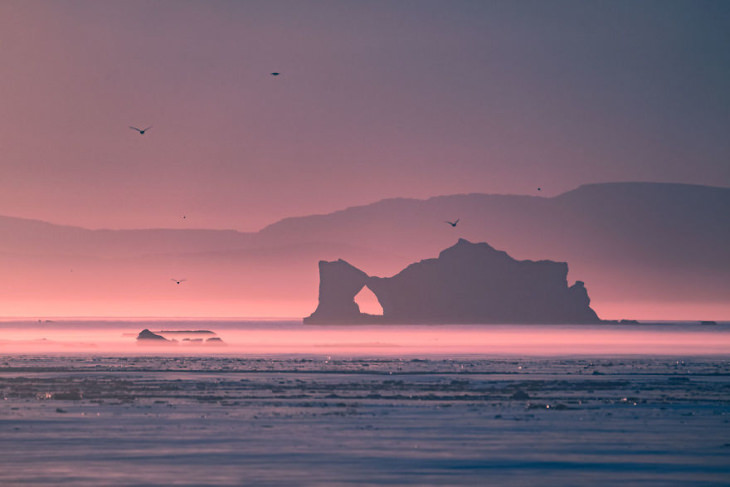 The only way to see the Sermeq Kujalleq Glacier itself is with a scenic flight- you can't reach it on foot. But you can explore the downstream from afar and enjoy the frequent calving, as Sahai does: "I love coming there at around midnight, sitting down with a thermos full of hot coffee and listening to the icebergs calving while they are making their way into the ocean."
The only way to see the Sermeq Kujalleq Glacier itself is with a scenic flight- you can't reach it on foot. But you can explore the downstream from afar and enjoy the frequent calving, as Sahai does: "I love coming there at around midnight, sitting down with a thermos full of hot coffee and listening to the icebergs calving while they are making their way into the ocean."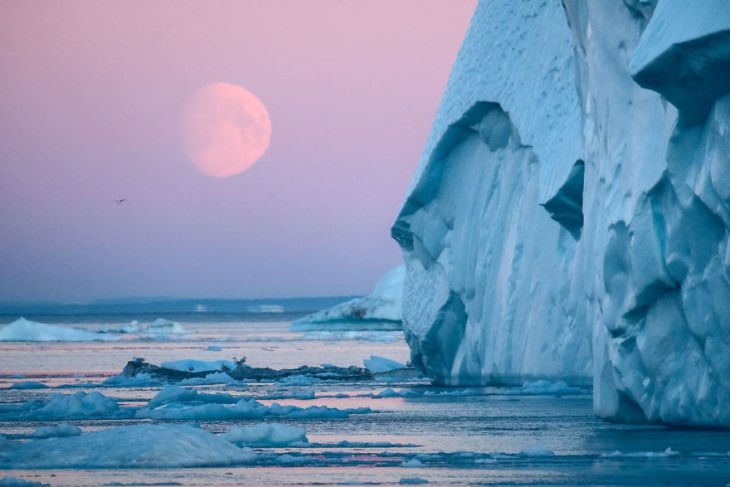 Ice-breaking off the glacier is usually very large and can reach up to 3,300 ft in height. These lumps are too tall to float down the stream. They just remain static in the shallow, sometimes even for years until they're broken down by natural wear.
Ice-breaking off the glacier is usually very large and can reach up to 3,300 ft in height. These lumps are too tall to float down the stream. They just remain static in the shallow, sometimes even for years until they're broken down by natural wear. 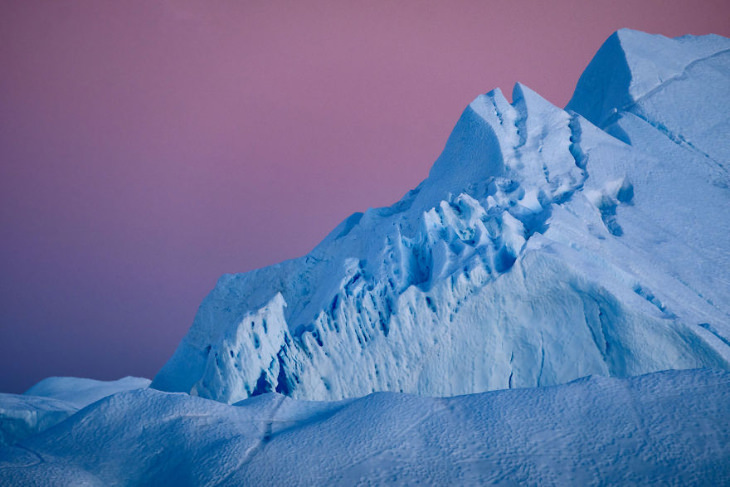
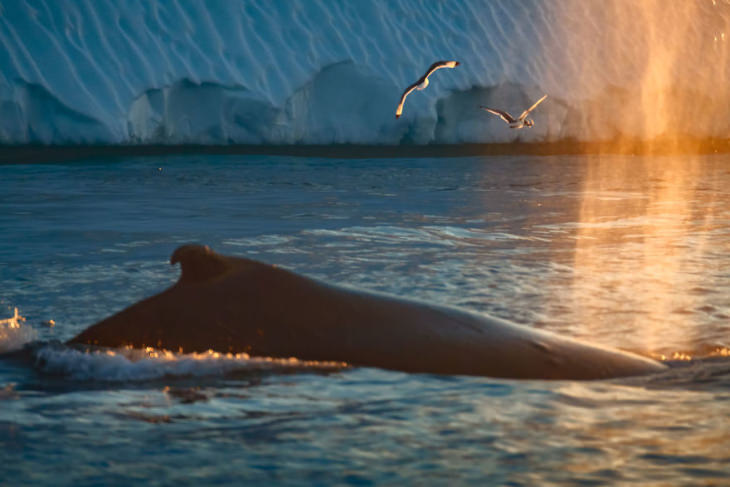
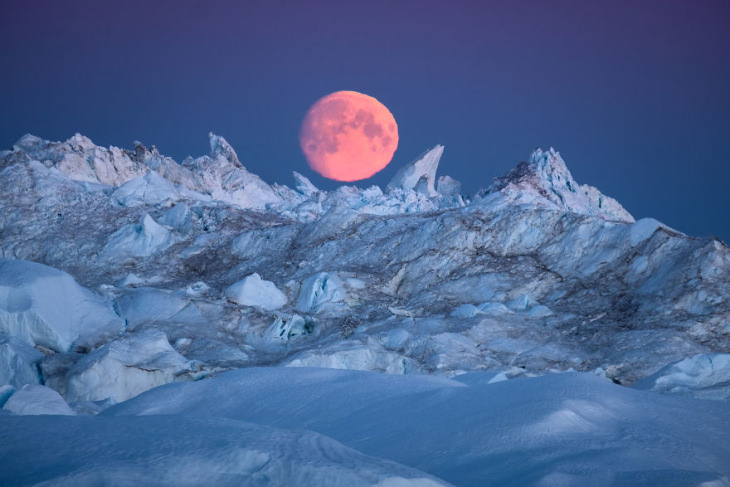
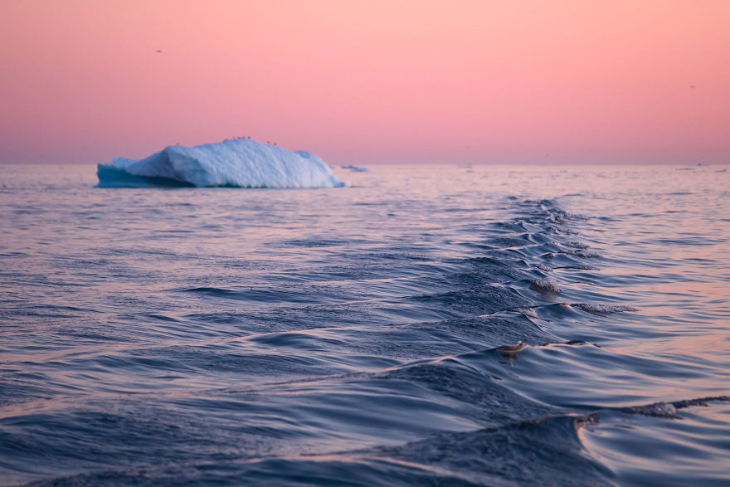
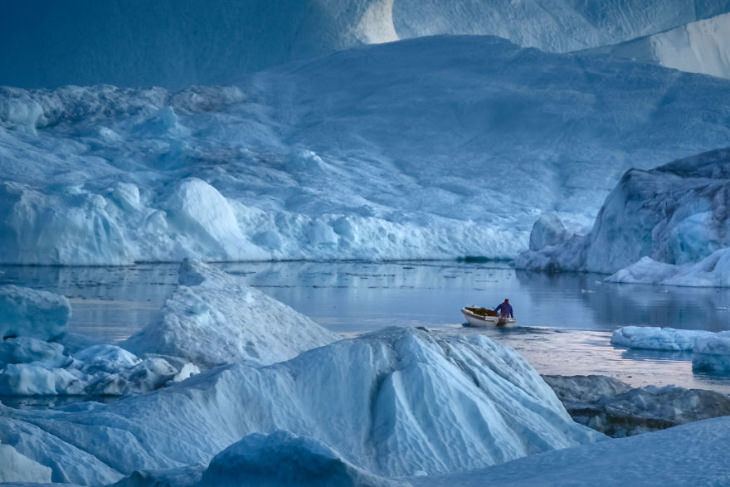 Source: 1, 2.
Source: 1, 2.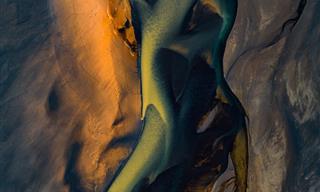
Thought Water Only Flows in Rivers and Creeks? Think Again
10 incredible photos of bodies of water on Earth that look like abstract paintings.

This Magical Town Is the Most Beautiful Place in China
In the south of China, a small, peaceful and picturesque town lies on a fertile cliff from which several waterfalls flow in perfect harmony.
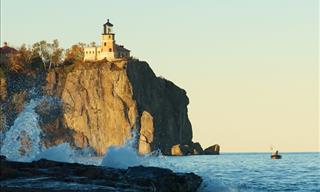
11 Scenic American Lakes Absolutely Everyone Should See
Everyone ought to know about these magnificent American lakes that offer so much fun and countless beautiful views, we want to visit them all!
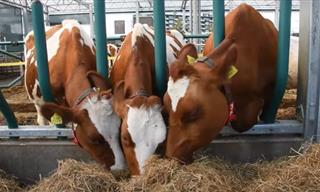 3:24
3:24
Visit the World's First Floating Dairy Farm in Rotterdam
We have floating markets and floating restaurants. How about a fully stocked floating dairy farm?
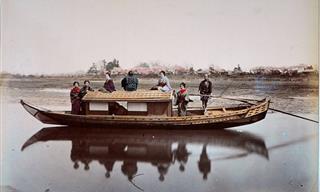
Hey Boat-Lovers! Here Are Some Ships You Haven't Heard Of
There are nearly 100 different types of boats that go by the oddest names like these unique water vehicles found the world over
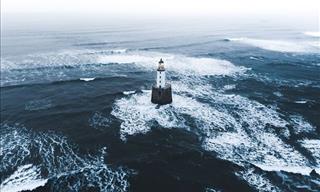
These Award Winning Photographs Prove Water is Magical
The photography completion themed ‘Water’ is mesmerizing! Let the images take you to beautiful rivers, seas and lakes all around the world.
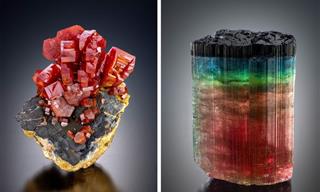
This Photographer Captures Crystals with Indelible Beauty!
Behold 17 gorgeous crystals by the talented photographer László Kupi.
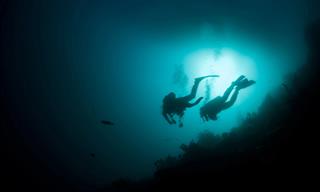 3:30
3:30
How Deep Does the Ocean Go? This Animation Reveals All!
Just how deep is the ocean? This interesting animation by Tech Insider reveals all.

Stunning Dogs in Their Natural Environments
These photos capture dogs amid Austrian wilderness. And the results are truly magical, capturing some enchanting portraits. Take a look for yourself.

8 Members of the Animal World Who Thrive In Their Solitude
Here's a look at some of the most interesting solitary animals in the world who thrive in their solitude.
 4:19
4:19
This Video Shows How Beautiful Pollination Really Is
Pollination is vital to the health of the Earth, and it has never been captured so beautifully before. Take a look at this stunning video and be awed by nature.
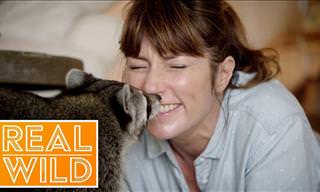 14:58
14:58
We Bet You Didn’t Know These Cute Mammals Were THIS Smart!
These two cute and fluffy mammal species are so intelligent. We are impressed, and you will, too!
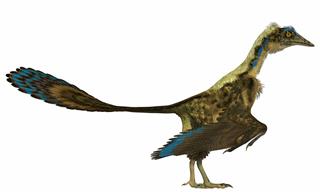 3:08
3:08
Come Meet Archaeopteryx, the Most Ancient of Birds!
In this video, we’ll explore the discovery of Archaeopteryx, its unique anatomy, and the role it plays in understanding how flight evolved.

If These Stunning Flowers Don't Amaze You, Nothing Will!
The world is full of beautiful flowers and here, in our opinion, are 12 of the most stunning. We are sure that you'll agree with us!
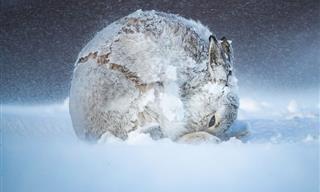
16 Award-Winning Shots That’ll Take Your Breath Away
The 2020 winners of the nature photography competition BigPicture have been announced, and they are astounding!
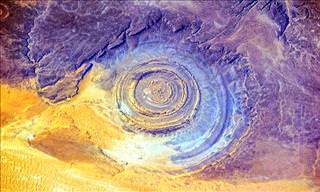
These Natural Wonders Are Too Strange For Words
Natural weather processes have resulted in some truly weird and wonderful natural wonders forming in certain areas of the world. Here are 12 of the weirdest.
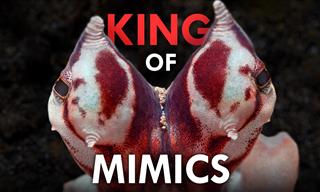 8:55
8:55
Nature’s Trickster: The Mysterious Mimic Octopus
Scientists consider this sea creature the most intelligent invertebrate in our oceans!
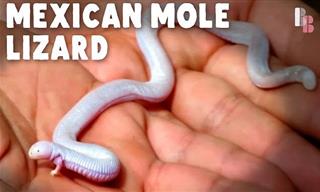 7:15
7:15
Weird and Wonderful Nature: The Mexican Mole Lizard
This unique reptile challenges our understanding of lizard anatomy.

These Siamese Fighting Fish Look Like Rainbows
If you thought you knew all about fish, this colorful Siamese Fighting Fish will make you think twice, and look admiringly. I'm in love with these beauties!
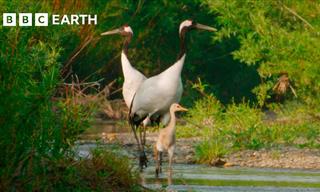 24:51
24:51
Meet Japan’s Wildlife: Bears, Cranes, and Sea Snakes!
Discover Japan’s wild wonders in stunning 4K..
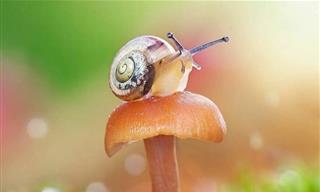
Tiny Animals in Stunning Detail: 16 Macro Photos
These macro shots reveal the intricate beauty of tiny insects and creatures.
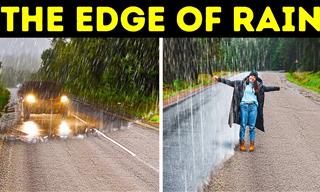 10:01
10:01
Are These Extremely Rare Natural Phenomena Even Real?
Have you ever seen the physical edge of a rainstorm? What about a fire tornado? There is a reason why these natural phenomena are so rare...

10 Fluffiest, Cutest Creatures that Survive in the Desert
Who knew there's cuteness here too? Read about the most brilliant and adorable animals of the desert.
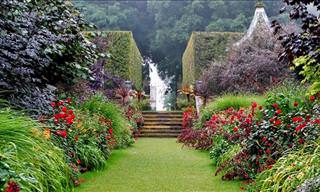
The Stunning Gardens of England Will Take Your Breath Away
England is well known for it's beautiful gardens and we have supplied you with 10 of the best. These will amaze you with their beauty.
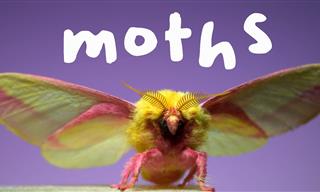 5:24
5:24
Watch These Colorful Moths Fly in Exquisite Slow Motion
In this video, a talented photographer used slow motion to show us the most beautiful moments with colorful, fuzzy moths.
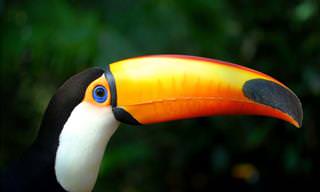
30 Beautifully Mysterious Creatures of the Animal Kingdom
If it was down to me, photography would be nothing more than this: pure, unadulterated photos of lovely wild animals. Here's 30 of the best.

These Comedy Wildlife Photos Are Hilarious
Check out 20 of the best entries from 2018's edition of the Comedy Wildlife Photography Awards.
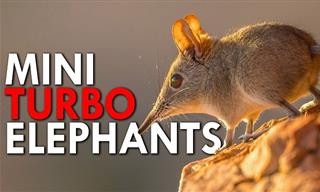 8:04
8:04
Meet the Sengi: Tiny, Fast, and Full of Surprises
Discover the curious world of the fast and cute, sengi!
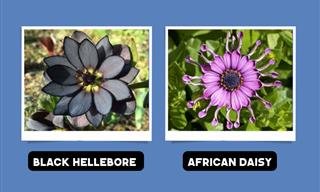
Nature's Wonders: 14 Fascinating and Gorgeous Plants
These are some of the most interesting plants we have seen in a while.
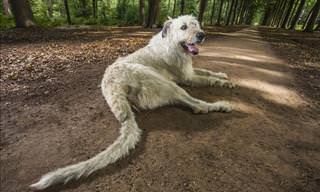
Wow! These Record-Breaking Dogs Are Incredibly Talented
From a dog that's over 3 and a half feet tall to a dog that can ride a scooter at an incredible speed, everything you're about to see is sure to amaze you!

Marvel at the Stunning Winners of Ocean Art Awards!
Marvel at the spectacular winning images from the 2023 Ocean Art Underwater Photo Contest.

This Photographer Captured a Baby's Journey in the Womb
This photographer's amazing project concerned capturing a baby's development in the womb, from the moment of conception through to birth. Take a look.
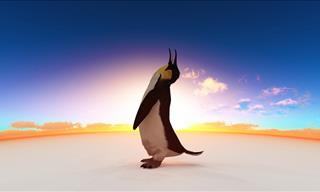
10 of the Largest Living Birds in the World
Check out this list of the largest and heaviest birds that inhabit our planet today.
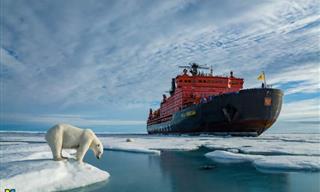
Nature’s Beauty & Drama Captured in 14 Award-Winning Pics
Check out the outstanding winning images from the 2024 HIPA awards.
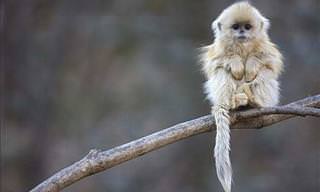
These Beautiful Animals May Not Be Around for Much Longer
The chances are you have never seen these animals before, and sadly many of them will not be around much longer. Take a look at these 18 beautiful animals.
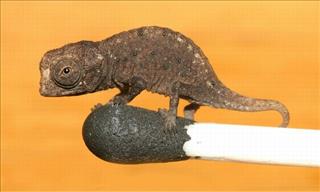
20 Animals We’ve Just Discovered in the Past Decade
Of all the animals discovered during the 2010's, these 20 are the coolest, starting with a tiny chameleon and ending with a really creepy wasp
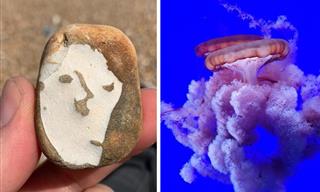
16 Of Nature's Best Unintentional Works of Art
Sometimes the most moving and beautifully effortless works of art are the ones created by nature, without man's interference.
 3:13
3:13
Nature Is Amazing: African Wildlife Reveals its Beauty
Join us as we explore the beauty that is African wildlife.

If You Want to See Some Breathtaking Beauty, Come In Here...
Check out the astonishing winning panoramic images from the 2023 EPSON International Pano Awards.
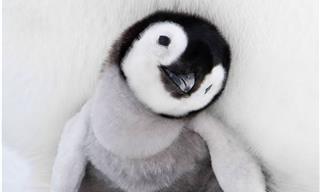
These Beautiful Photos Depict Penguins in All Their Glory..
These photos will melt your heart with cuteness.
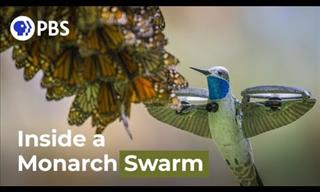 3:08
3:08
Watch the Monarch Butterfly Swarm in Gorgeous Detail!
This is something no human has ever been able to see from so close up, and it's one of the most incredible sights I've ever seen.
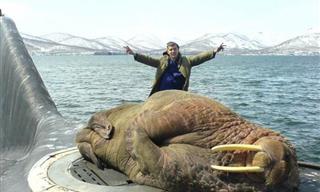
The Gentle Giants of Nature - 20 Unusually Large Animals
In this article, we'll get to know the gentle giants of our world, be it an unusually muscular pony, a hilarious chubby seal, or an extra big and cuddly Main Coon
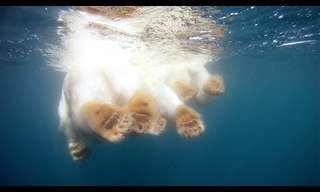 2:50
2:50
This Incredible Video Takes You Swimming With a Polar Bear
Go on a swim right next to one of the world's biggest apex predators.
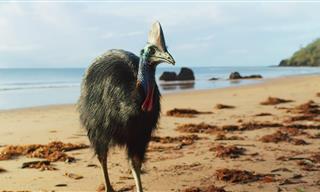 4:28
4:28
Meet the Giant Cassowary – The Modern-Day Dinosaur
Meet the most dangerous bird on Earth, the giant cassowary, that is also regarded as a modern-day dinosaur.
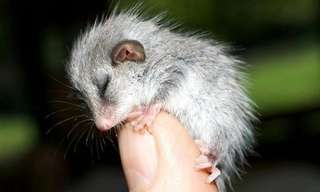
Australia Has Some of the Cutest Wildlife in the World!
Australia has many deadly animals, but did you know it's also filled with fluffy, adorable wildlife? Warning: You may want to fly to Australia and hug some animals after this post.
To enable your Ad-Free Subscription, please fill the fields below
Your subscription was successful, now you can enjoy an ad-free experience!!
Note: To make sure you get no ads, please make sure to log in to your account. If you are logged in already, then refresh the page. The subscription can be cancelled at any time.


